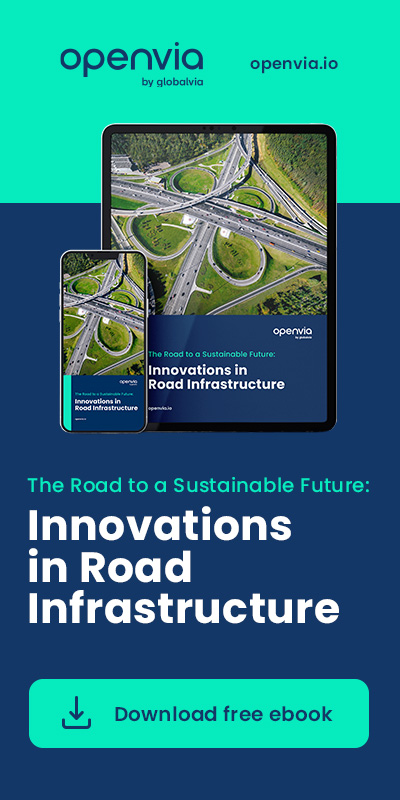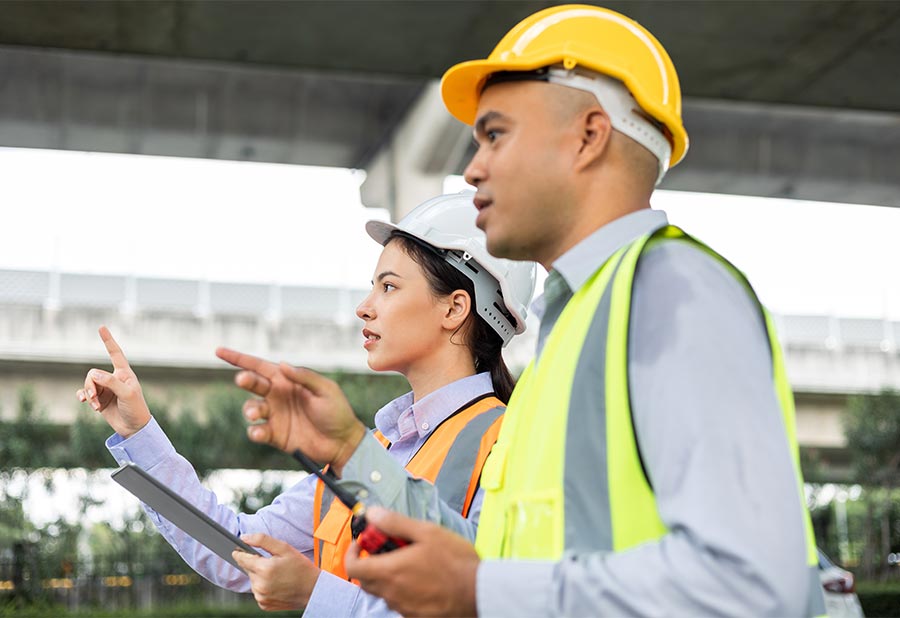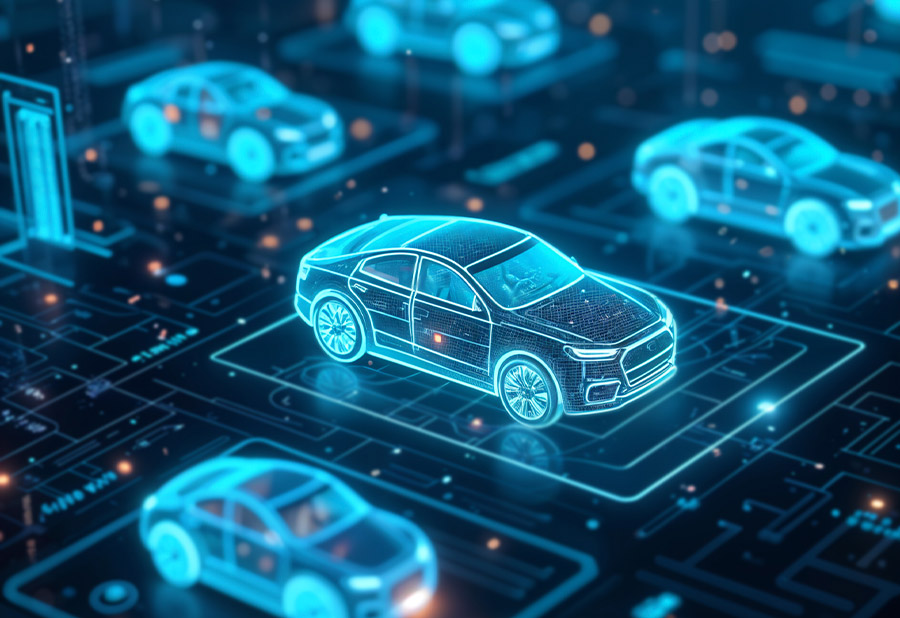In the era of digital transformation, technology has revolutionized virtually every aspect of our lives, and road infrastructure construction and management are no exception. Digitization has enabled the development of new techniques and tools that are radically changing the way roads are built and used.
The incorporation of technological advances such as Building Information Modeling (BIM), the Internet of Things (IoT), 3D scanning and recognition,Digital Twins, Artificial Intelligence (AI) andMachine Learning (Machine Learning) are driving improvements in road safety and sustainability, as well as more accurate planning, more efficient construction, proactive maintenance and smarter traffic management.
Incorporation of BIM in highway construction.
In recent years, Building Information Modeling (BIM) methodology has become an integral part of infrastructure construction, including highways. BIM allows construction professionals to create detailed digital models of the project with accurate design, materials, cost and construction schedule information. These models are a valuable tool that helps visualize and coordinate the project more effectively, resulting in more efficient planning and execution of roadway construction.
The adoption of BIM has demonstrated numerous benefits in the industry. These include reducing errors and conflicts during the design phase, optimizing project planning, and improving communication between the various stakeholders involved throughout the construction process. In addition, BIM facilitates data management throughout the life cycle of the roadway, allowing for more effective maintenance and management.
Do you want to know more about Mobility and Sustainability?
IoT applications in road maintenance and management.
The Internet of Things (IoT) can be used to improve road safety and optimize traffic planning and management. Through the installation of sensors and connected devices on roads and vehicles, it is possible to collect real-time data on road conditions, traffic flow and environmental conditions. For example, sensors can detect hazardous conditions, such as ice on the road or worn pavement, and send alerts to both drivers and emergency services. In addition, IoT data can be used to predict and prevent road infrastructure failures, enabling proactive maintenance and reducing long-term costs.
3D scanning and recognition technologies for road planning and design.
3D scanning and reconnaissance technologies allow us to capture accurate and detailed geometry and topography of areas where road construction is planned, as well as the location of existing infrastructure. By using scanning lasers and drones equipped with advanced cameras, it is possible to obtain accurate 3D models of the terrain and surrounding structures . These models allow engineers and designers to simulate different scenarios and assess the impact of the new road on the existing environment.
Its ability to detect potential problems in advance allows corrective action to be taken before they become costly mistakes during construction, in addition to improving quality and better use of available resources, resulting in safer and more functional road infrastructures.
Digital Twin Technology: simulating and improving road efficiency.
Digital Twin technology consists of a virtual replica of the road or a specific section of the road, combining real-time data with detailed digital models. Using sensors and connected devices, up-to-date data is collected on the performance and condition of the road. This data is used to feed the virtual replica, which provides professionals with a more accurate view of the behavior and performance of the road infrastructure, allowing them to make informed decisions and optimize their efficiency.
In addition, Digital Twins can be used to simulate different scenarios and assess the impact of proposed changes, such as the implementation of new traffic management technologies or the expansion of road infrastructure, thus reducing the risks associated with roadway changes.
The role of Artificial Intelligence and Machine Learning in road safety.
Artificial Intelligence (AI) andMachine Learning play a crucial role in improving road safety. These technologies are used to analyze large volumes of data collected by sensors and cameras installed on roads and vehicles.
AI and Machine Learning are able to identify patterns and trends in the collected data, which allows predicting and preventing traffic accidents. Algorithms can analyze driver behavior and detect risk situations, such as distraction or fatigue. This makes it possible to send alerts to drivers or even autonomously take control of the vehicle to avoid accidents.
In addition, they can also be used to improve traffic management. By analyzing traffic flow in real time, these technologies can automatically adjust traffic lights and traffic signals to optimize vehicle flow and reduce congestion.
In conclusion, digitalization is having a positive impact on the efficiency, safety and sustainability of roads thanks to innovative technologies. These technological advances have proven their contribution to more accurate planning, more efficient construction, proactive maintenance and smarter traffic management, significantly improving our processes and road utilization.
As we move forward in the digital age, we can expect these technologies to continue to evolve and play a key role in the transformation of the road industry. Every day, digitalization opens up new opportunities and promotes continuous improvement in the way we build and use our roads.






